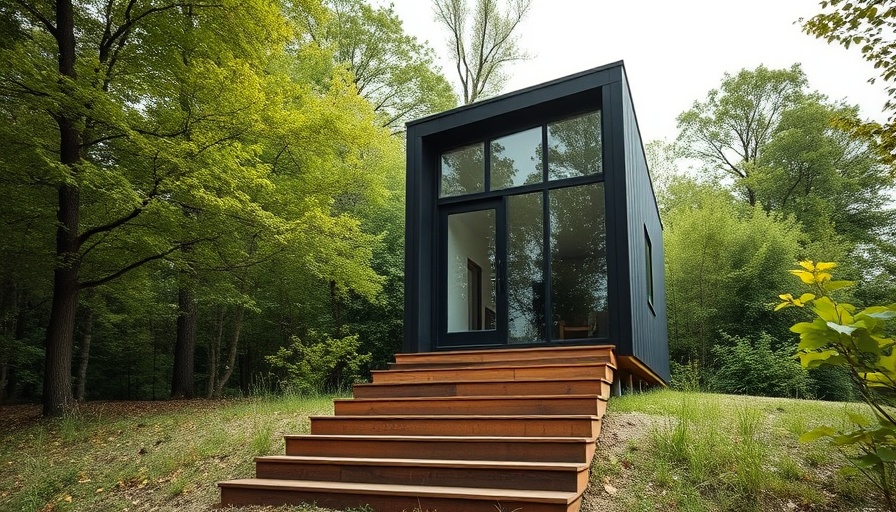
A Game-Changer for Affordable Housing in California: THOWs Approved
Exciting news for the young professionals looking for affordable living options! On January 14, 2025, the Nevada County Board of Supervisors made a landmark decision to permit Tiny Homes on Wheels (THOWs) as permanent residences. This step aims to address the ongoing housing crisis by providing affordable housing solutions while emphasizing sustainable living.
What This Ordinance Means for Young Professionals
The newly passed ordinance allows THOWs, defined as homes no larger than 400 square feet, with standard provisions for kitchens, bathrooms, and living spaces, to be utilized in all areas that permit traditional housing construction. For young professionals facing increasing housing costs, the implications are monumental. By enabling these tiny homes as primary dwellings across various zoning districts, the county fosters a culture of inventive and efficient living.
Separating THOWs from Recreational Vehicles
One critical aspect of this ordinance is the clear distinction between THOWs and recreational vehicles (RVs). Unlike RVs designed for short-term stays, THOWs are built for permanent occupancy, adhering to safety and durability standards. This distinction reassures residents that they can invest in tiny home living without compromising on quality and longevity.
The Growing Acceptance of THOWs
This ordinance reflects the broadening acceptance of tiny homes as viable long-term housing solutions. The move is indicative of an evolving mindset towards tiny living, which promotes not just affordability, but also sustainability. As more counties consider similar regulations, young professionals, especially in high-cost areas, may find a renewed sense of hope for securing a place to call home.
Impact on Housing Diversity
Encouraging diverse housing options is essential for any community, particularly in economically varied regions. The ordinance doesn’t just present a singular option but develops an ecosystem of housing types, potentially leading to innovative living solutions that cater to various income levels. By making provisions for THOWs in Medium Density Residential zones, the county not only increases housing stock but also enhances community resilience by promoting varied, affordable living options.
Taking the Next Steps
If you’re inspired by this development, consider exploring the possibility of living in a tiny home. Whether you're interested in a minimalist lifestyle or seeking financial freedom from hefty rent prices, THOWs could be the solution you’ve been looking for.
For those engaging in this new movement, Tiny House Basics is ready to help you navigate through the nuances of tiny home construction and living. Let’s embrace the future of housing together.
 Add Row
Add Row  Add
Add 




Write A Comment